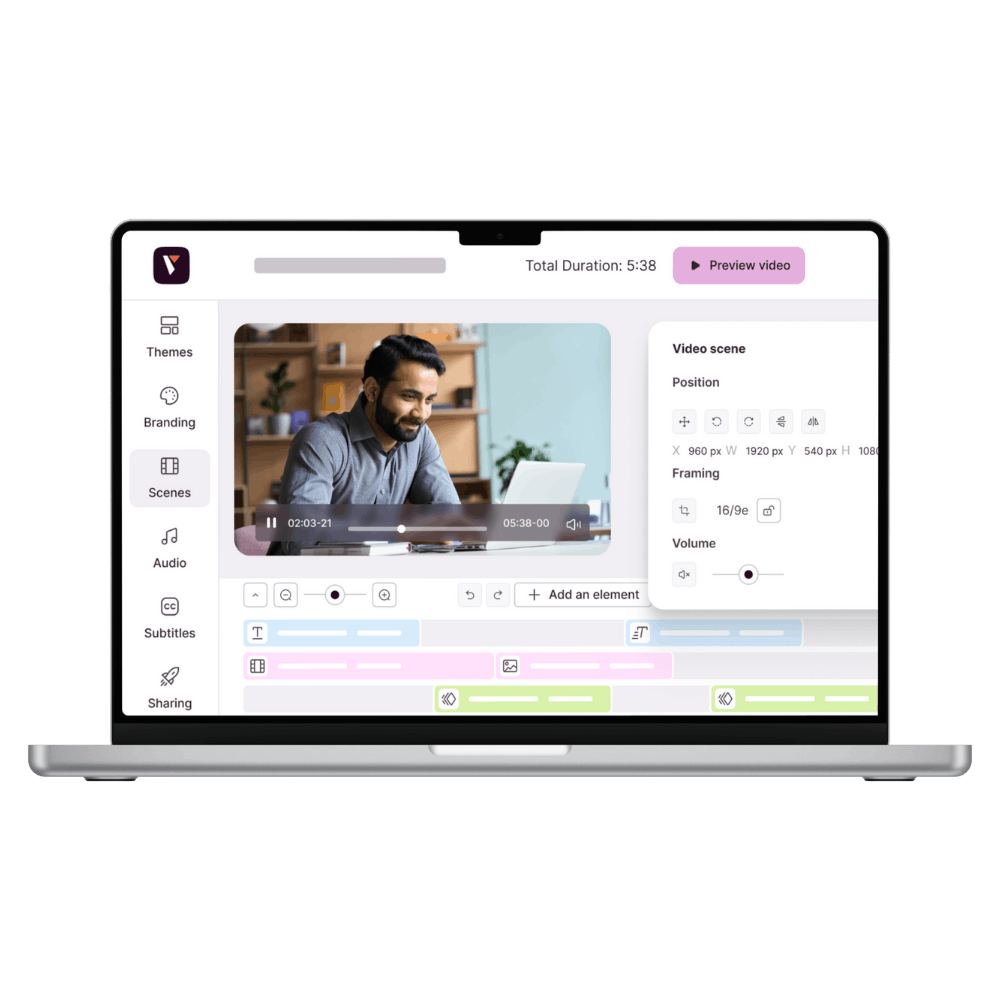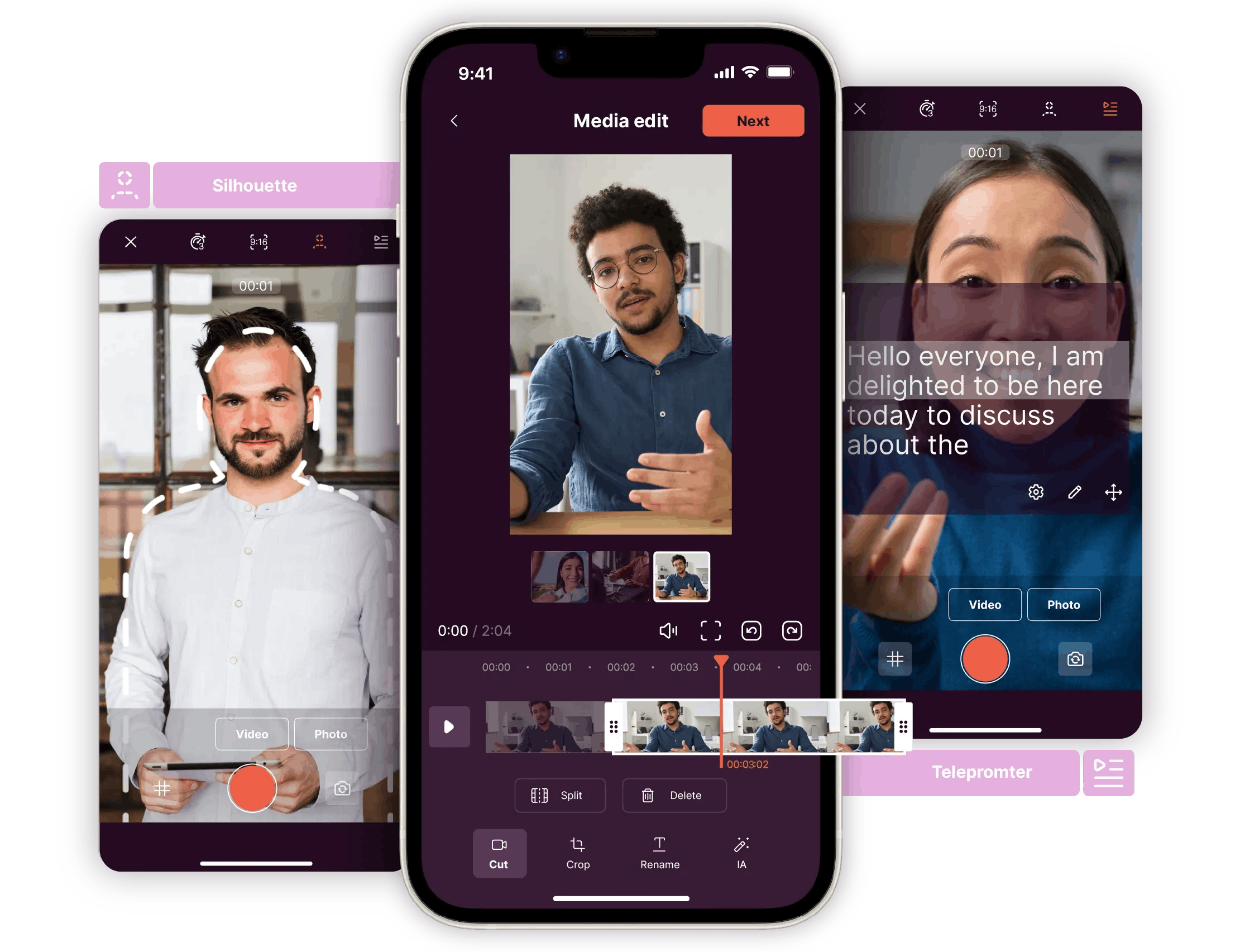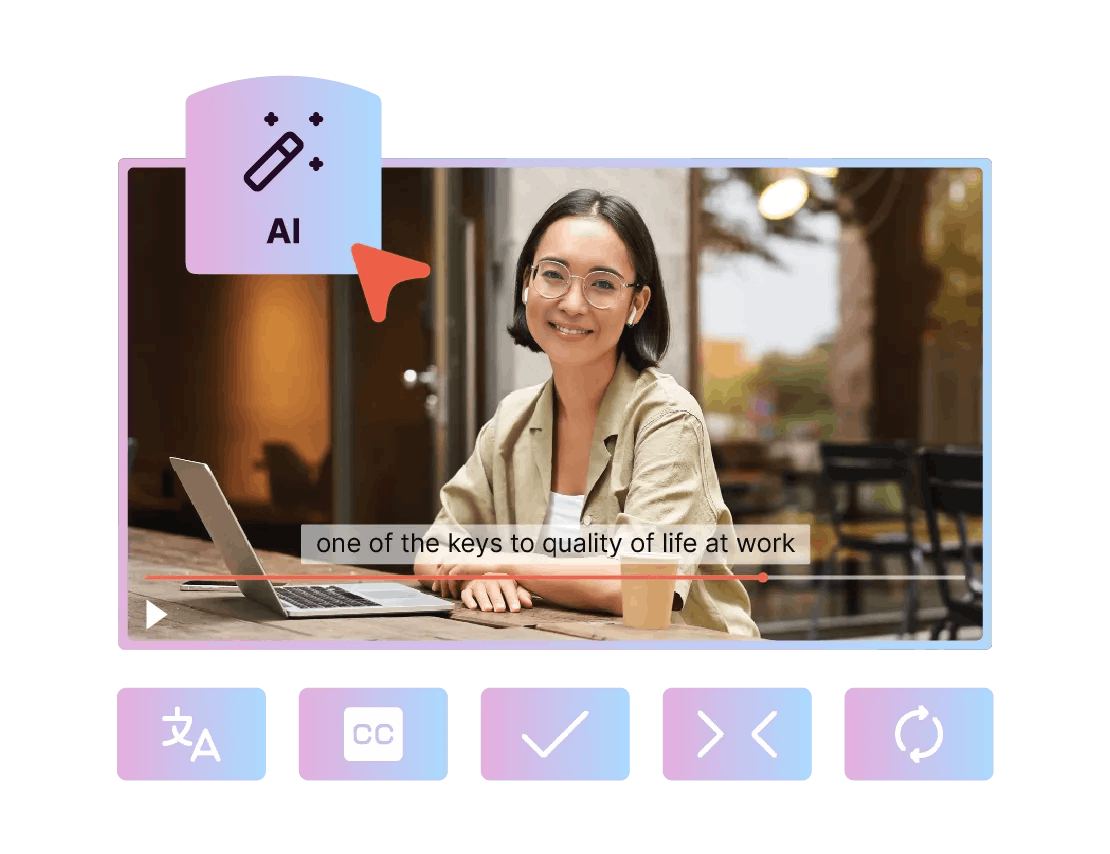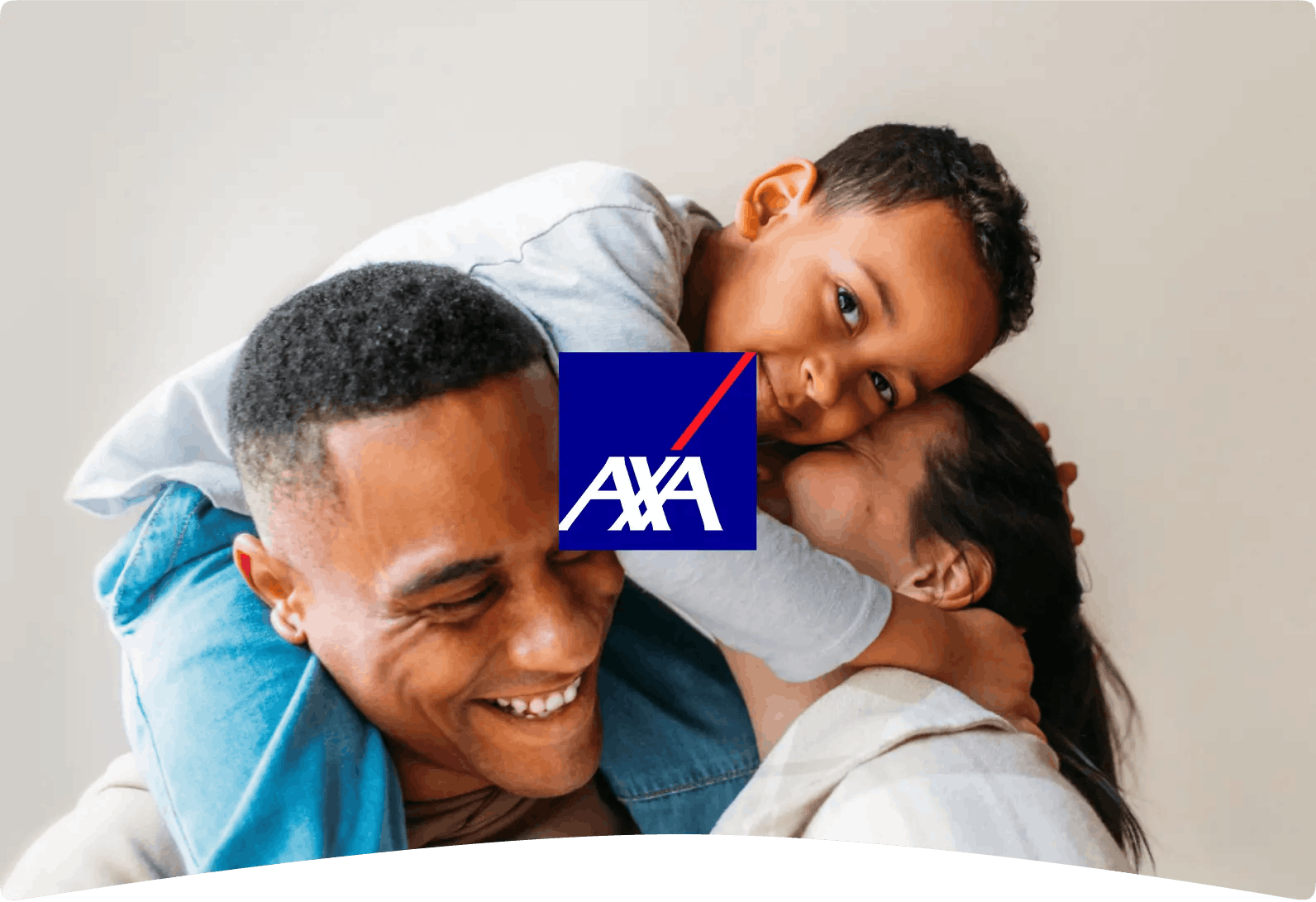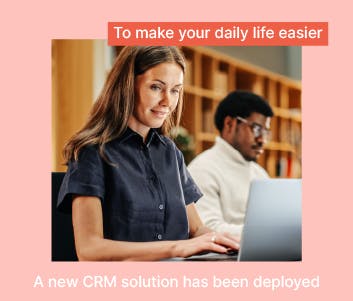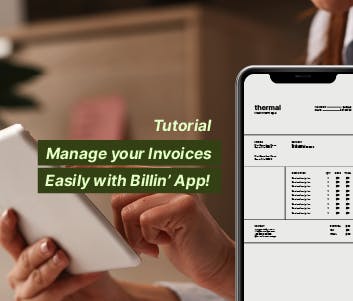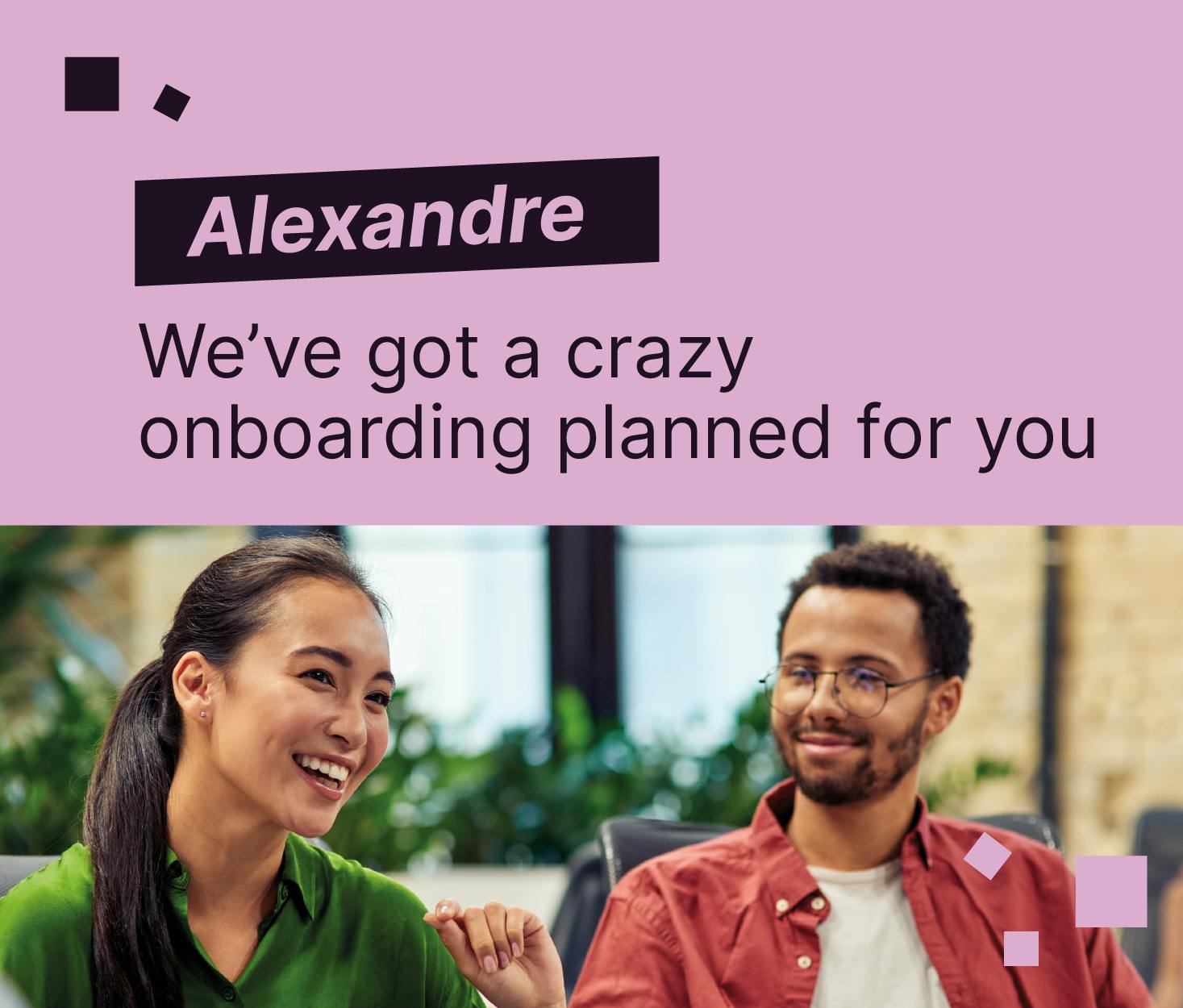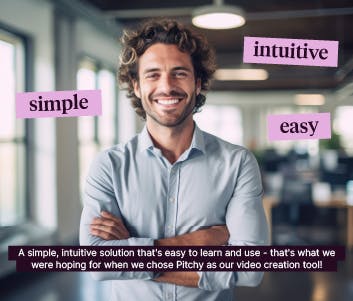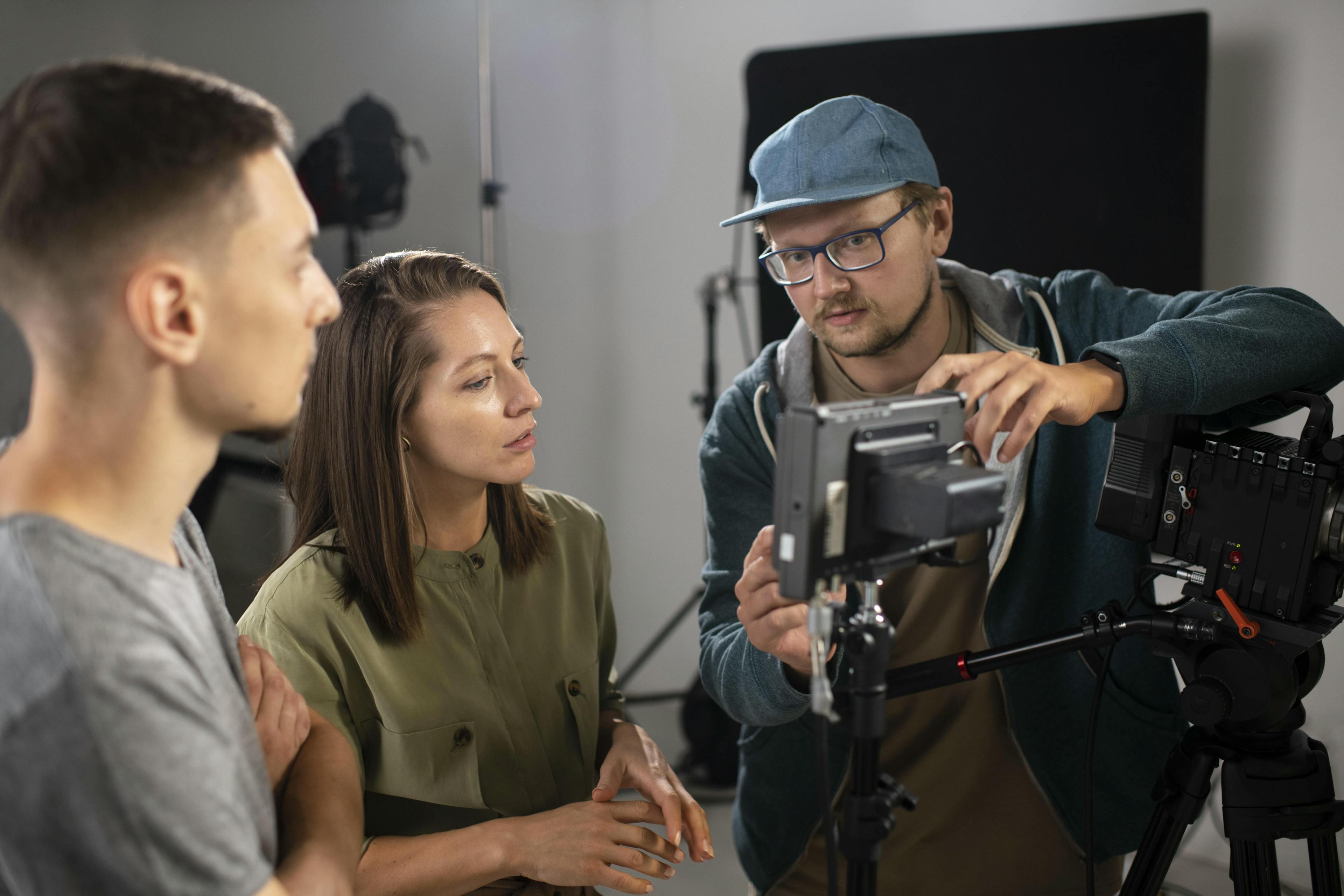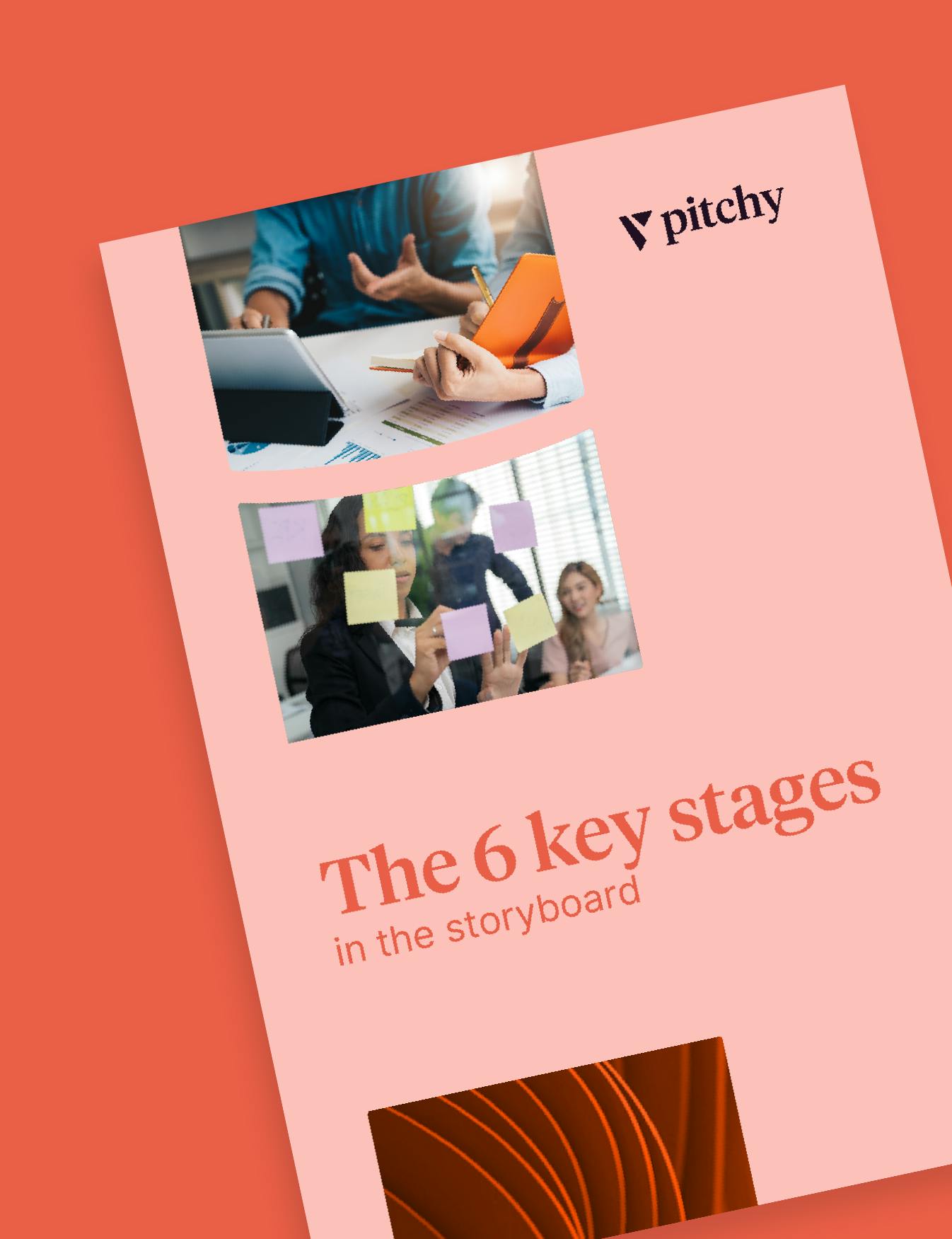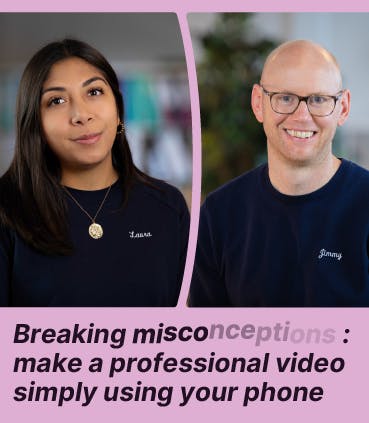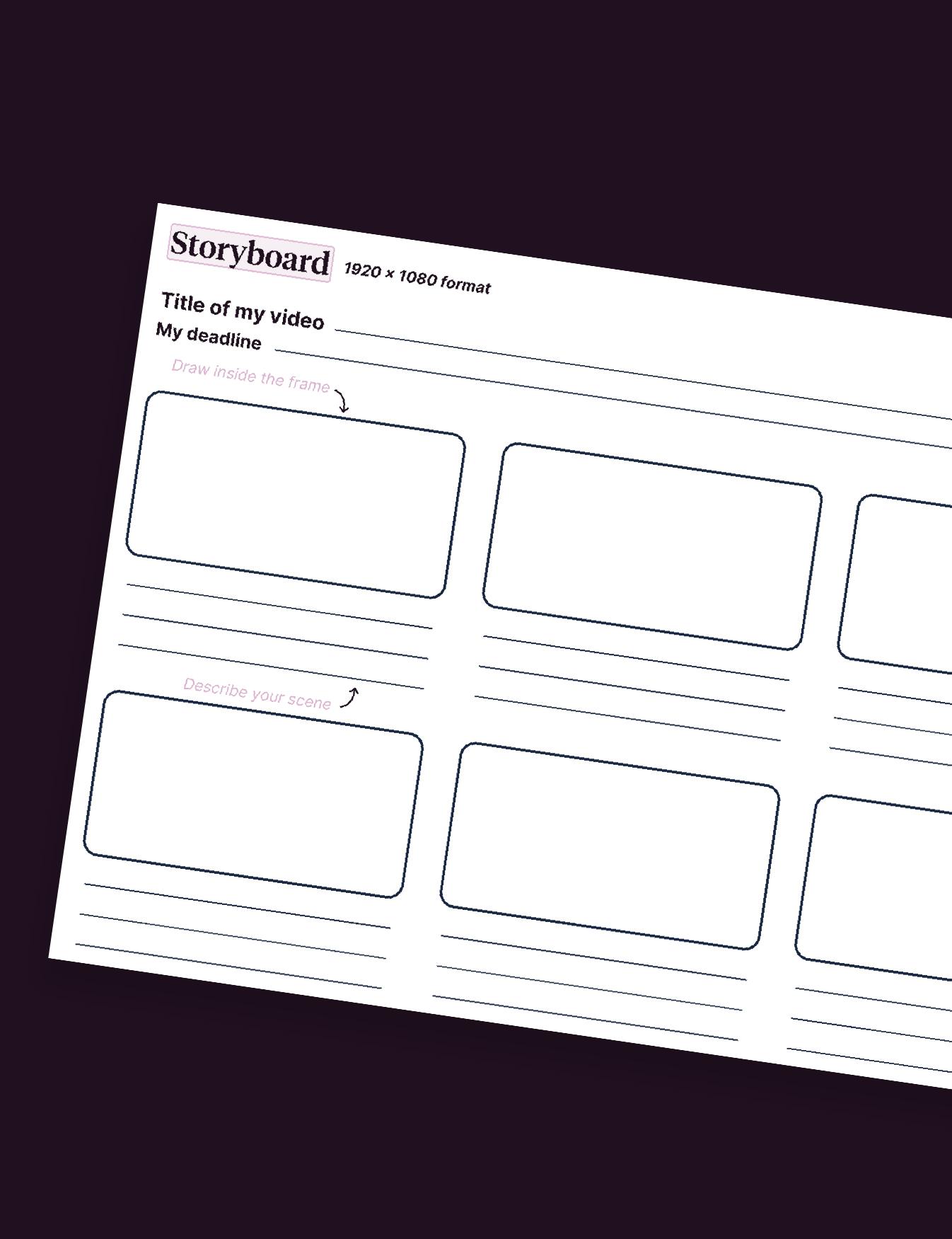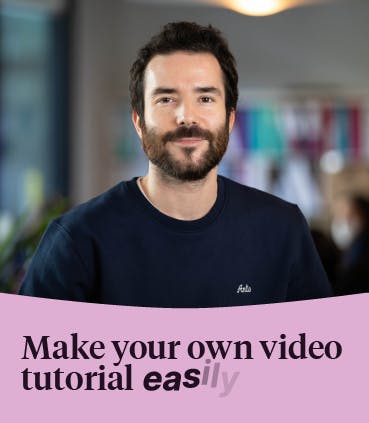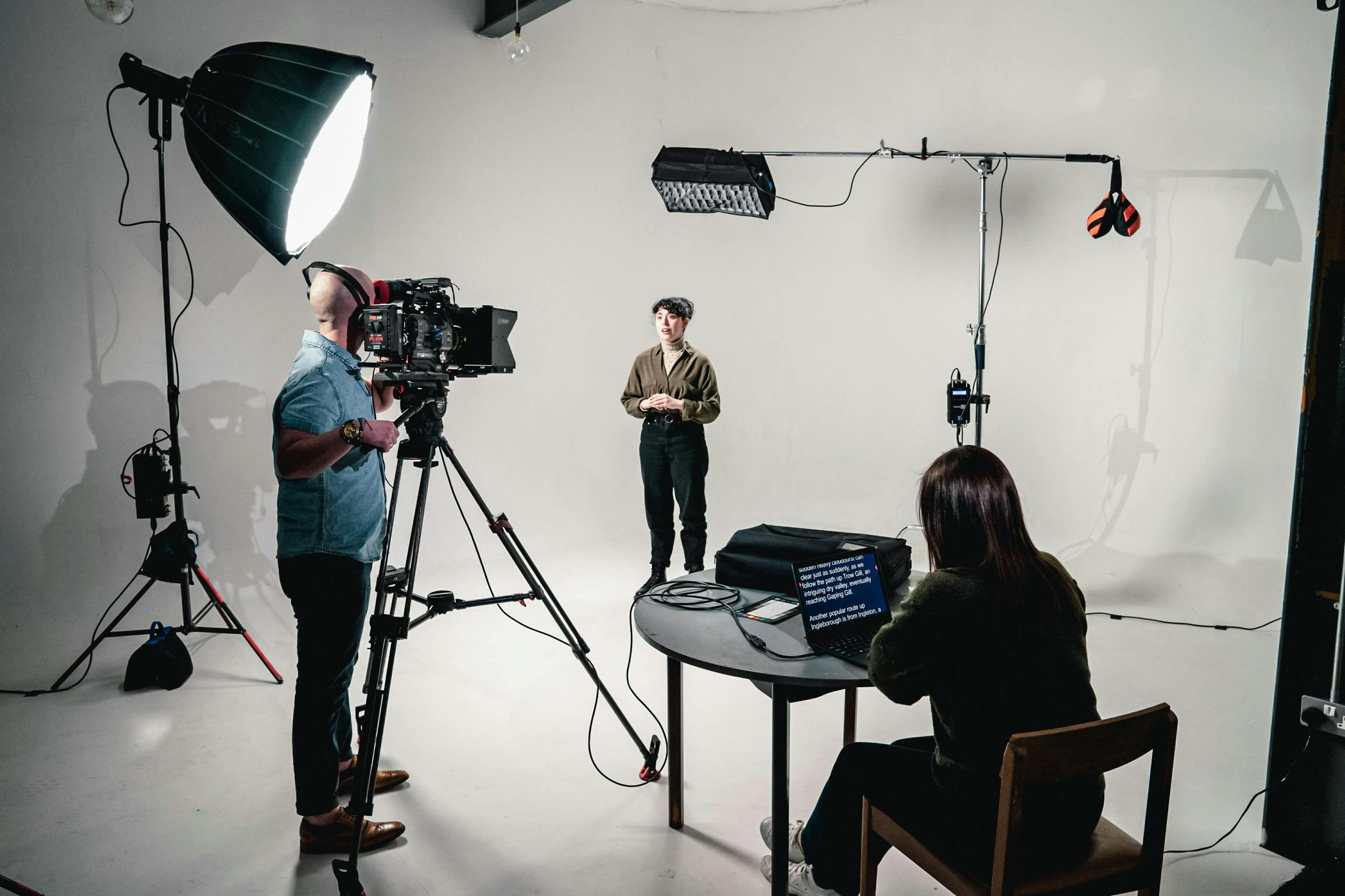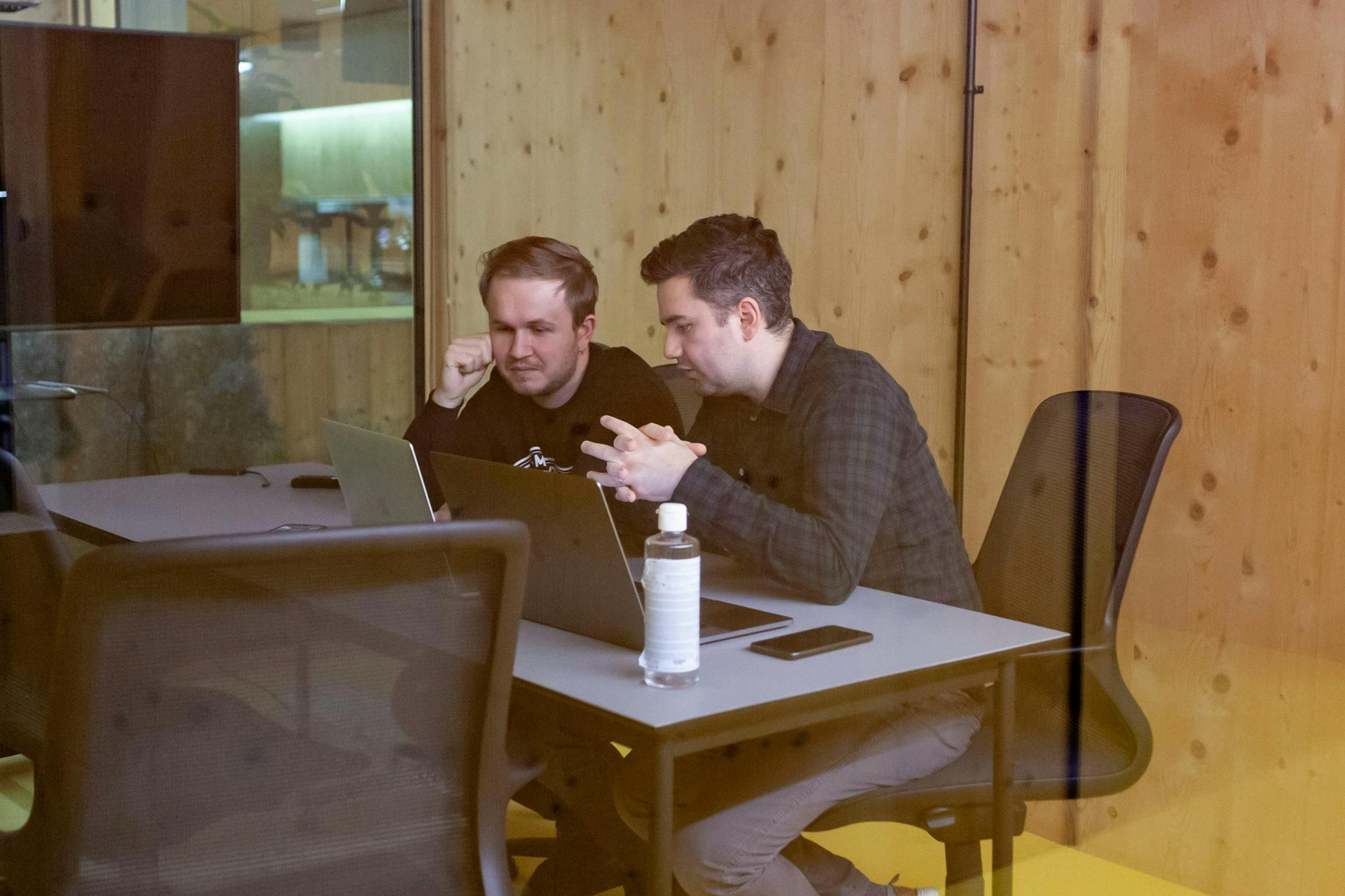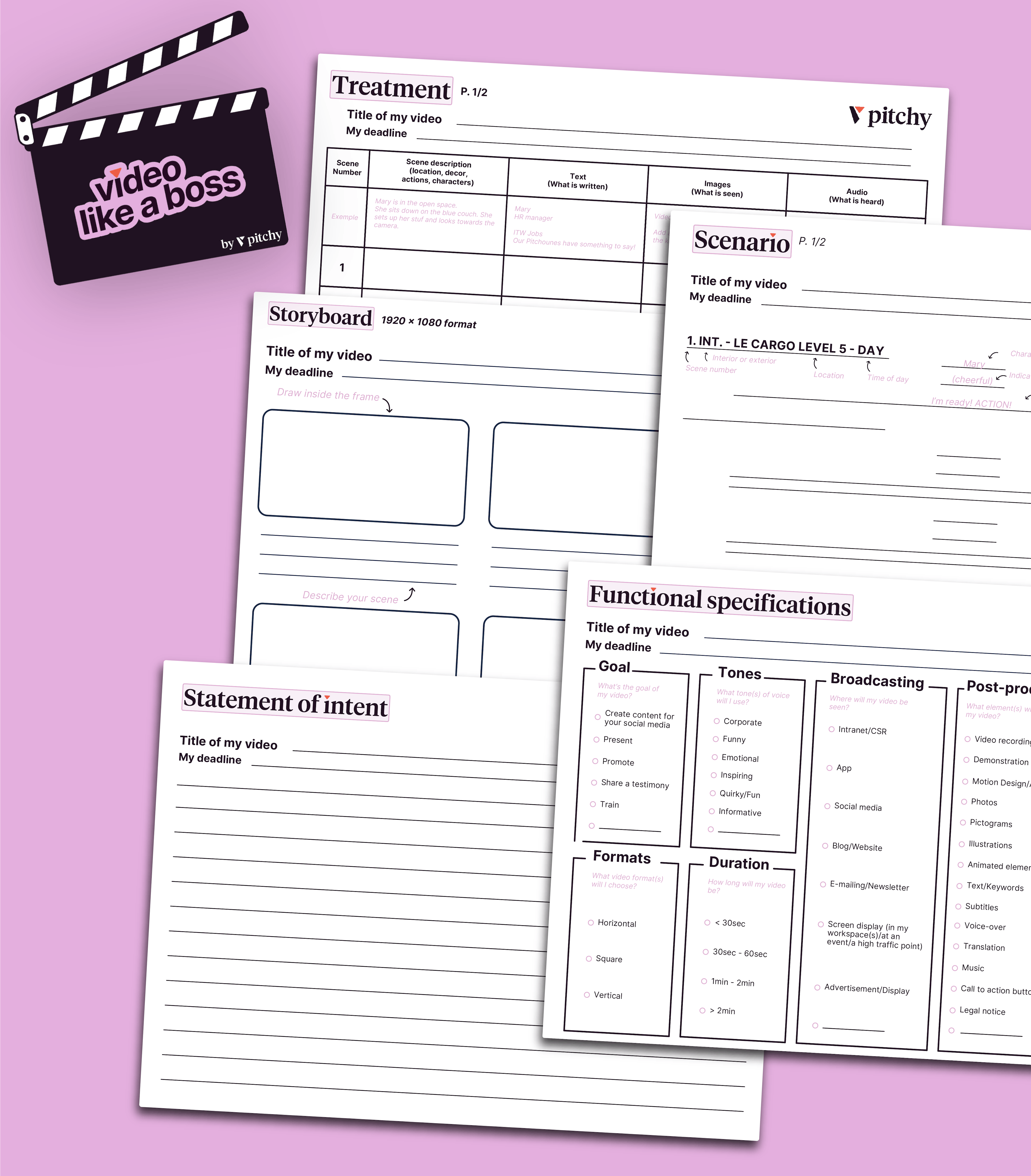Why use the Fast and Curious interview in your onboarding process?
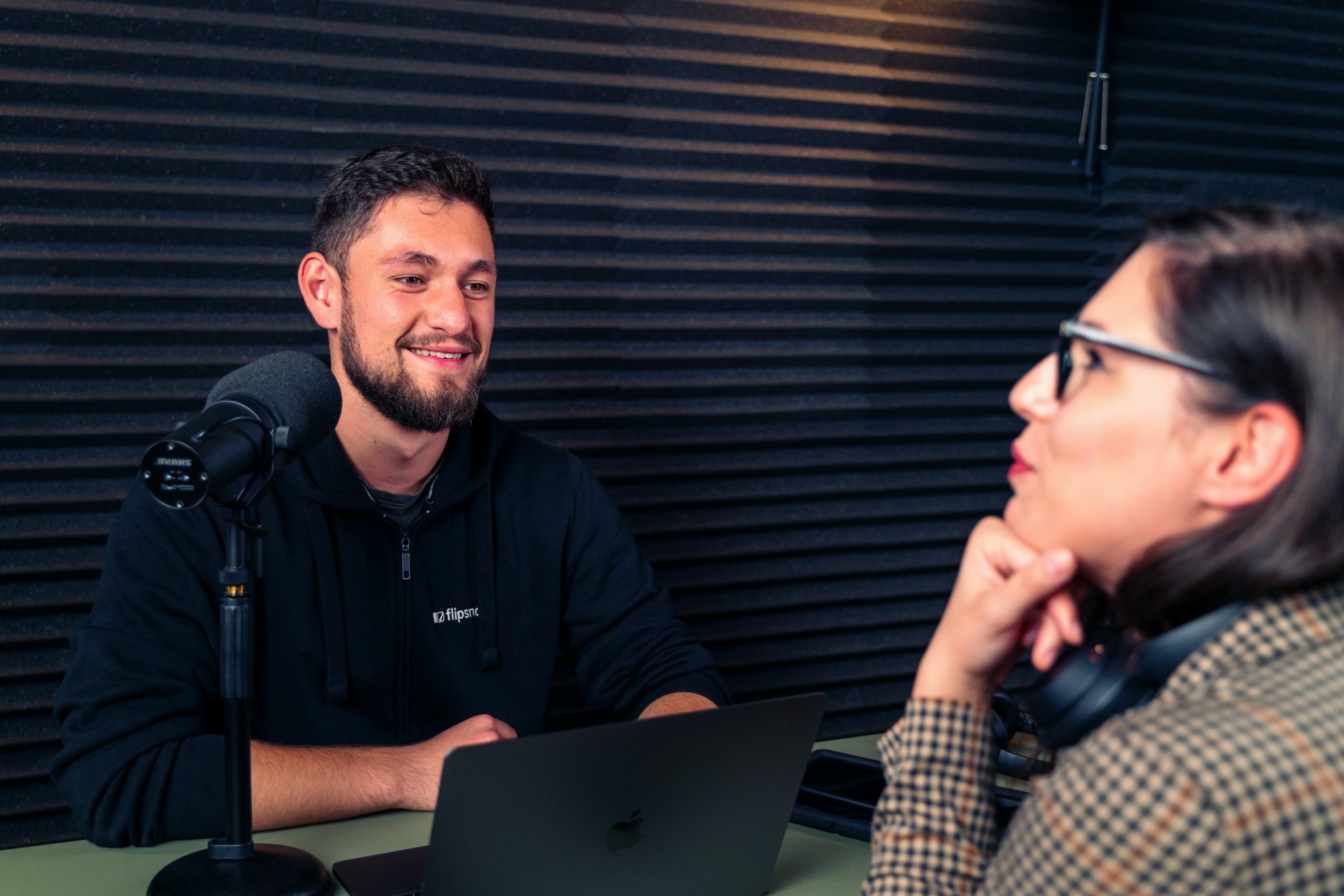
🎬 Quick Summary | 🕓 Updated September 10, 2025
🎯 Goal of this article: to explain why you should use the Fast and Curious interview during onboarding, helping new hires save time, feel comfortable, and share personal information in a fun way.
🧰 What you’ll learn: how this format works, why it’s effective for HR and team integration, how to include it in your onboarding activity, and what makes it so engaging for both employees and candidates.
✅ Bonus: practical examples, ideas you can review, and tips to get the best answers from your employees when you record.
👥 Who is it for? HR teams, managers, students entering the workplace, or anyone looking to sign better onboarding experiences and improve employee learning.
Have you heard of the latest trendy Konbini video format? It’s called the Fast and Curious interview, a short and dynamic content style now widely used in the business world. At first, it was simply a template created by the Konbini media to interview stars quickly. But then came the lockdown periods, when companies needed to save time and stay connected with their teams.
That’s when many organizations realized that this type of video interview was a great activity to include in onboarding, helping every student, graduate, or new hire feel part of the company from the very start.
But what exactly is a Fast and Curious interview? And why should HR departments and teachers of company culture use this format to welcome new employees? In this article, we provide key information, answers to common questions, and practical recommendations you can review, so you can quickly create a good onboarding experience for your teams.
What is the Fast and Curious interview format and how does it work?
The Fast and Curious is a video format designed by Konbini that feels very different from a classic interview. On social media platforms, where attention spans are short, the most viewed and shared clips are always dynamic, fast-paced, and easy to watch.
That’s why this style works so well: it uses an intro and outro in motion graphics, followed by 10 to 15 rapid-fire quiz-like items in the form of dilemmas.
Example: Do you prefer F1 or football? Morning or late night? The guest must give a real-time reply, ensuring authenticity and spontaneity.
Key strengths of the Fast & Curious format:
- Length: usually under one minute, making it perfect for quick views in a busy day.
- Production: very easy to set up, with no need for extensive prep or heavy apps.
- Questions: a mix of fun and professional prompts that reveal details about personality.
- Engagement: employees don’t need a script, so answers feel natural and appropriate.
- Impact: excellent for teams who want to develop culture, show material personality, and highlight company spirit.
A well-designed onboarding system can improve new hire retention by 82% and productivity by over 70%, especially when engaging video is used
To illustrate, you can visit and watch a Fast and Curious interview with Emma Watson, filmed with high quality lighting and creative setting, a great example of how this English-language format can make a strong impression.
Or even with Hugh Jackman:
And, of course, at Pitchy, we make our own Fast and Curious interviews, such as this one, with Sophie, our Customer Success Manager:
Why should HR teams use the Fast and Curious interview for onboarding?
How does it help break the ice with new hires?
The purpose of the Fast and Curious format is to break with rigid conventions, especially in the professional environment. With the rise of start-up culture, traditional hierarchies are being replaced by more horizontal models, which improve collaboration and change the overall tone of communication.
During onboarding, newcomers often face the challenge of introducing themselves to people they don’t yet know. This short and informal style makes the process smoother by creating a welcoming atmosphere that encourages learning and genuine connection.
Here’s why it works so well:
- It feels like a sports warm-up: a simple item at the start sets the right rhythm and reduces tension.
- A few quick questions act as light material that helps create bonds.
- HR leaders often share the recommendation to adopt this type of content because it delivers high impact from day one.
- Just like a teacher guiding students through introductions, this interview helps new hires feel comfortable and part of the team immediately.
Your onboarding will therefore get off to a good start and facilitate integration. Indeed, your team, after seeing this interview, will know more about the new person: an opportunity to share common passions.
How does it reflect a relaxed employer brand?
Going through the Fast and Curious will also say a lot about your company.
First of all, introducing your new employees on video is a real plus for the HR team.
It means that you want to get to know your new recruits better, to find out about their tastes and passions, outside the office. This is a good opportunity to ask questions about their hometown, the sports they play, the places they have lived, etc.
Why is it a powerful snack content for recruitment?
Snack content is like a mini lesson you can watch anywhere: quick, light, and straight to the point. Think of it as the quiz at the end of a class, or a short game in Sports where the score comes fast. People don’t want a heavy book during their commute, they want a video that delivers the right information in seconds.
That’s why the Fast and the Curious interview works so well. A few fun questions, immediate answers, and you already know the personality behind the student, the teacher, or the new hire. It’s onboarding turned into an activity where every item feels like a playful test, and the correct answers aren’t about getting it right but about being authentic
Snack content is all about speed:
When candidates view these clips, they see a company that values learning and transparency. You provide them with material that feels appropriate for today’s digital world, and you include details that make them think: “I want to be part of this.” Whether they read your blog, follow your ad, or review your brand on Google, snack content helps them understand your culture.
And just like in the Curious EduProtocol from Jon Corippo, where a quick quiz can energize a classroom, this format lets you create a strong experience from the very start. It’s short, fun, and great for recruitment, a recommendation every HR team should try.
Writer’s Note
The Fast and Curious interview saves time and makes onboarding feel new and dynamic. By asking a short question and getting a quick answer, you include personal information that builds trust from the start. Like the Curious EduProtocol by Jon Corippo, this format turns a simple activity into a powerful learning game for any student, teacher, or team.
From my view, the best content is always the one that makes people curious, ready to use and review. Whether in a classroom, at work, or even in sports, the Fast and the Curious style is a great way to improve connection and develop engagement. That’s why I recommend every company to try it, watch the impact, and see how one small format can create a good onboarding experience.
Yet only 12% of new hires believe their onboarding is great, underlining the need to develop more engaging approaches. Using short video content with quick-fire questions, similar to the playful quiz-style activity of Fast and Curious, can improve integration and make the onboarding setting far more memorable.
social networks, remember to include subtitles, so that the content can be viewed by the viewer without the sound.
Want to make your own Fast and Curious interviews to welcome your new recruits? You can do it yourself, thanks to our online video creation platform, without having technical difficulties.
Request a demo of the Pitchy solutions.
Resources
Most popular resources
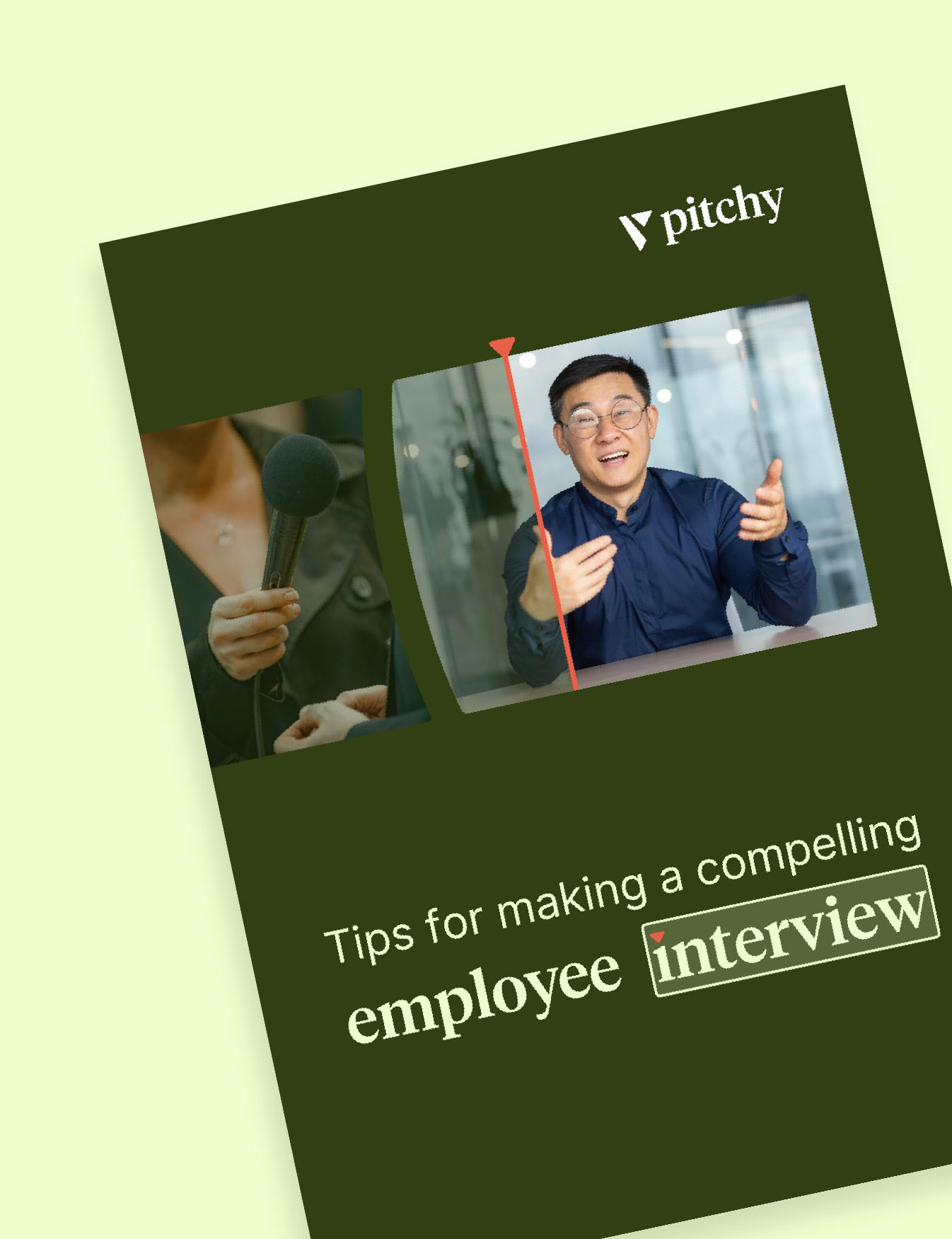
Find out how to conduct compelling employee interviews in our white paper!

There’s no perfect format for a video interview, but success comes from intelligently adapting to your audience and the platform, whether it’s social media or beyond!
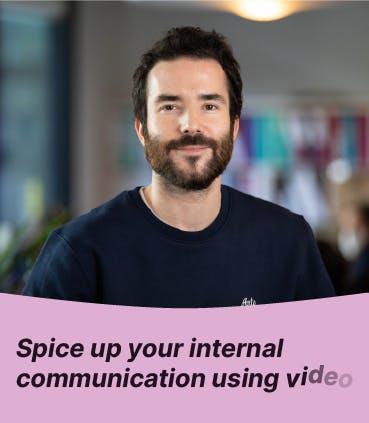
Learn how videos can help you reach new heights!
